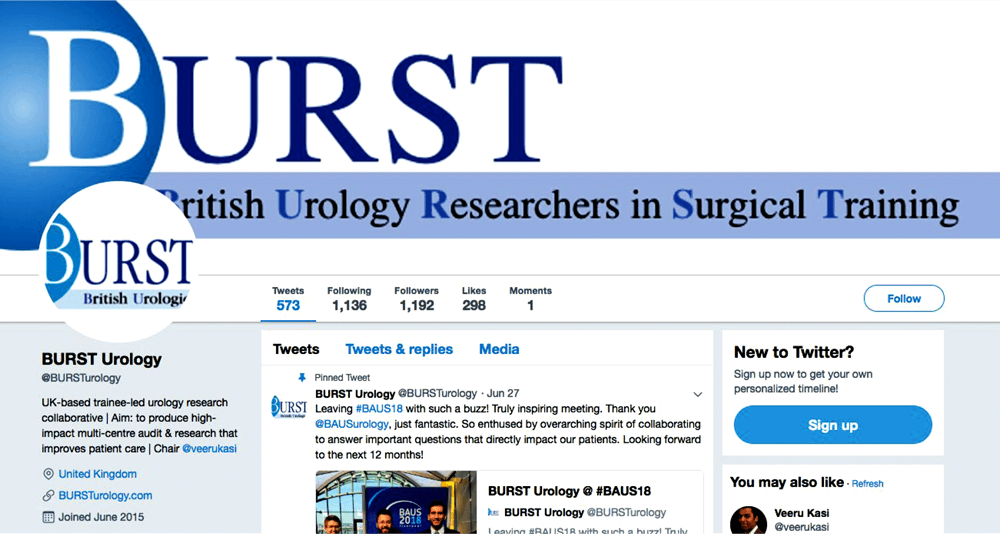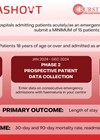The British Urology Researchers in Surgical Training (BURST) research collaborative was founded in 2015 with the aim of creating research opportunities for urology trainees in the UK. It was built on early foundations laid out by the Thames Research Urologists and Surgical Trainees (THRUST) group established by Mr Daron Smith in 2001. Trainees often carry out research individually in their own centre with limited resources and small patient numbers.
Our research collaborative provides the opportunity and expertise for trainees to collaborate and conduct multicentre research with quick turnover that has the potential to be practice changing. The BURST collaborative gives researchers the opportunity to gather large amounts of data under the supervision of experts in the network. All BURST studies are subjected to a robust peer review process.
Training
We supported a change in the Completion of Certificate of Training (CCT) guidelines to recognise trainees’ efforts in collaborative studies. Collaborative authorship is now accepted as contributing to CCT requirements for publications. Collaborative service evaluations will count towards trainee’s annual audit CCT requirement. The National Institute for Health and Research (NIHR) has also collaborated with BURST to produce a urology-themed good clinical practice course on research.
Our studies
In the past two years, BURST has successfully planned and implemented two international collaborative research studies: MIMIC (A Multi-centre cohort study evaluating the role of Inflammatory Markers In patient’s presenting with acute ureteric Colic) and IDENTIFY (The Investigation and DEtection of urological Neoplasia in paTIents reFerred with suspected urinary tract cancer: A multicentre analYsis).
MIMIC – predictors of spontaneous stone passage
There has been contradictory evidence surrounding the use of inflammatory markers such as white cell count (WCC) as a predictor for spontaneous stone passage in patients with renal colic. MIMIC aimed to determine if WCC can predict spontaneous stone passage in patients undergoing initial conservative management for ureteric stones. A secondary aim was to determine if medical expulsive therapy was associated with increased rates of spontaneous stone passage.
This study was led by trainee, Mr Taimur Shah. He proposed the MIMIC study and thus won the best collaborative proposal at the British Association of Urological Surgeons (BAUS) Academic Section Annual Meeting 2014. Launched in September 2016, over 4181 anonymised patient data from 71 centres in seven countries was collected over four months. More than 300 collaborators contributed (Figure 1). This is the largest known contemporary cohort study assessing outcomes from acute ureteric colic.
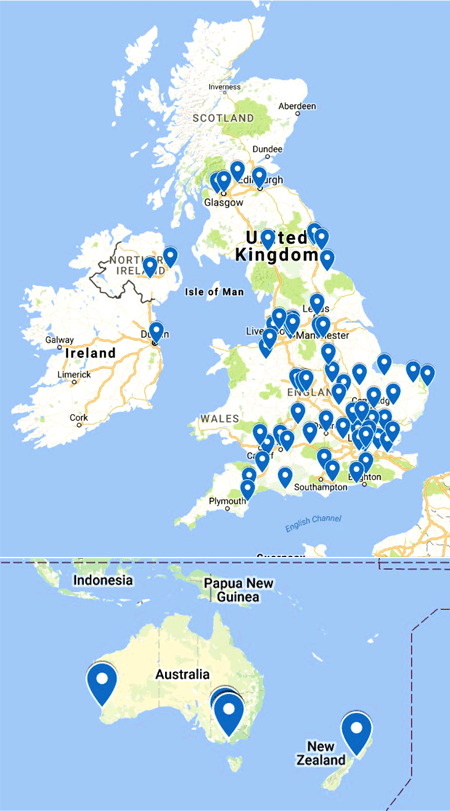
Figure 1: MIMIC collaborator sites in UK and around the world.
MIMIC data collection concluded in March 2017. We conducted meticulous quality control measures, with regular dialogue and feedback to collaborators in order to ensure the data collection was complete and of high quality. Data errors were thus all identified and corrected by the submitting centres prior to statistical analysis.
We have shown that WCC should not be used to decide if a patient would pass their stone spontaneously. Despite this, stone characteristics, specifically stone size and stone position were associated with spontaneous stone passage and we hope to influence practice by creating a risk calculator to predict if patients should be admitted for intervention or discharged with conservative management. The risk calculator will be immensely beneficial for clinicians to make decisions to achieve the best outcome for patients.
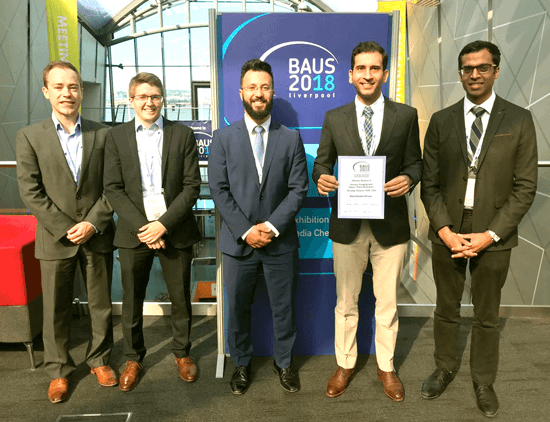
Figure 2: BURST committee members (Kevin Gallagher, Sacha Moore, Sinan Khadhouri, Taimur Shah, Veeru Kasivisvanathan) at BAUS 2018 collecting a prize on behalf of all collaborators who were involved with the MIMIC study.
The MIMIC study has since won a total of nine prizes. These include: Best ePoster in Session at the European Association of Urology (EAU) 2017 and 2018 congresses; Best ePoster at BAUS 2018 (Figure 2); Best Research Prize at Surgical Urological Registrars Conference 2017; Best National Research Collaborative Project across all specialities at the Association of Surgeons in Training (ASIT) UK Conference 2017; Winner of Society of Academic & Research Surgery (SARS) / ASIT Prize 2018. We have also presented our results at 12 national and international conferences.
Our study protocol was published in the International Journal of Surgery Protocols in September 2017. The MIMIC study is now being prepared for full publication.
IDENTIFY – individualising investigations for haematuria
Haematuria (visible or non-visible) is a common presentation to secondary care. In 2015 the National Institute for Health and Care Excellence (NICE) set a two-week suspected cancer referral pathway guideline for patients presenting with haematuria. Although there are clear referral guidelines, there is a lack of consistency or standardisation in the investigation of patients with haematuria in secondary care. Edwards et al. have recommended the use of ultrasound in all patients and the use of excretory urography in selected patient groups [1]. Khadra et al. have instead advocated cystoscopy in all patients and the combination of ultrasound and excretory urography for upper tract cancers [2].
Led by trainee Mr Sinan Khadhouri, IDENTIFY is the largest known prospective cohort study of haematuria in secondary care. Current guidelines risk stratify in haematuria investigation by age and haematuria type only. IDENTIFY aims to determine individualised risk of urinary tract cancers in patients presenting with haematuria based on a wide variety of patient variables. It will also determine diagnostic test performance in specific patient groups. The data produced by IDENTIFY will allow investigative pathways in haematuria to be tailored to the patient. We hope to ultimately reduce the number of invasive procedures, reduce waste of resources and optimise use of the most appropriate tests.
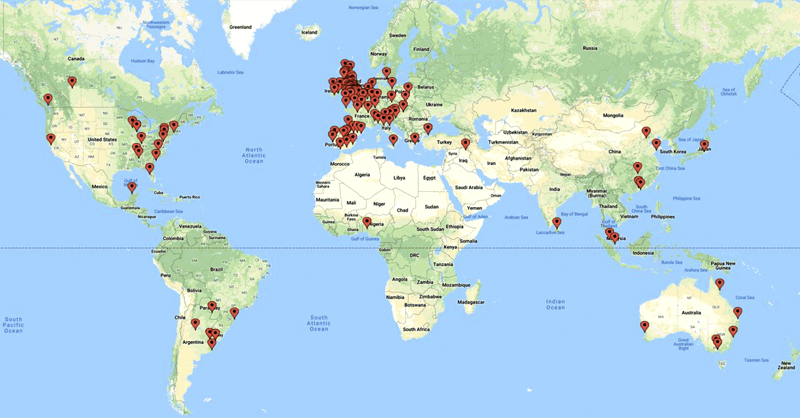
Figure 3: IDENTIFY collaborator sites around the world.
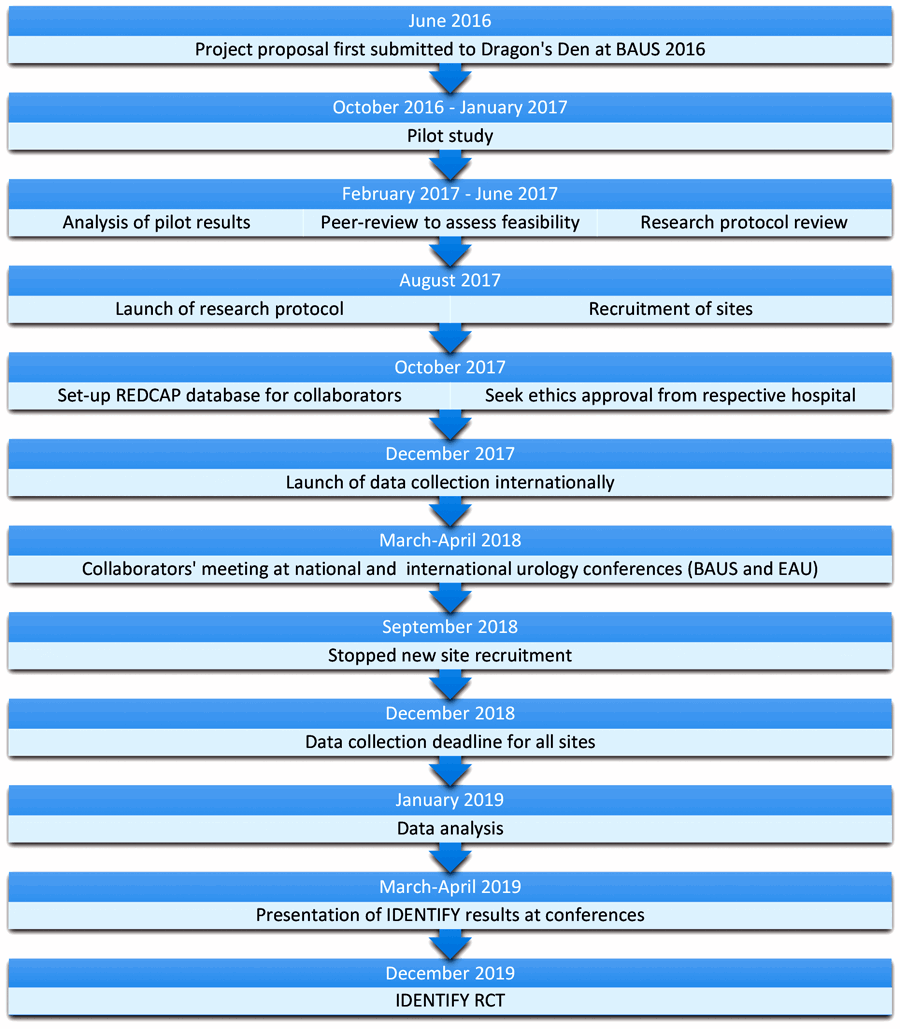
Figure 4: Timeline of IDENTIFY.
Since the IDENTIFY study launched in December 2017, data has been recorded for more than 11,000 patients from 351 collaborators in 121 sites accross 28 countries (Figures 3 and 4). Participating sites include centres from all six continents. This is a testament to the collaborative efforts of urological trainees internationally in a bid to improve patient care.
This study will personalise patients’ haematuria investigations based on their baseline characteristics or risk factors. These include for example, visible vs. non-visible haematuria, smoking, age, family history and other risk factors not previously studied in the literature. It will also assess the diversity of practice across the UK and worldwide.
Following analysis and publication of IDENTIFY we aim to launch an interventional study. We are already working on the development of an interventional study using the IDENTIFY data to compare a risk-stratified investigative pathway to the standard of care in haematuria investigation. The ultimate aim of this follow-on study is to streamline patient’s haematuria investigations, improving both accuracy and speed of detection of urothelial malignancy.
The team behind BURST
Our team expanded in March 2017 when we recruited junior trainee and medical student representatives to help the growing BURST collaborative. As a result, we have been able to tailor our marketing campaign, reach out to more trainees and students alike, and to co-ordinate an international network of collaborators.
International and national coordinators have also played an important role in co-ordinating our data collection process, expanding the IDENTIFY study overseas. National co-ordinators are located in European countries such as Czech Republic, France, Hungary, Italy, Netherlands, Poland, Germany, Denmark, Solvenia, Spain and Portugal, as well as Australia, USA, Argentina and Turkey.
Alongside the committee and national leads an expert advisory panel has also provided crucial feedback on the design of our research protocols and in the analysis of our data. Their input is highly appreciated and fundamental to the success of our research collaborative.
To date, about 900 collaborators have taken part in our research collaboratives. Other than the core team of BURST, our projects would have not happened without the support of our collaborators.
Figure 5: Our Twitter page.
Reaching out to the trainees
Communication is key to connecting with urological trainees worldwide. We have created robust external communication channels through the use of email, physical presence at conferences and Twitter. Our Twitter account has posted 573 tweets and gained 1192 followers since it was founded three years ago (Figure 5). We also won the International Prize for Most Outstanding Contribution to Social Media at the BJUI Awards 2018, for recognition of our use of social media.
Our website (www.bursturology.com) is a central platform for us to communicate with our collaborators and partners around the globe. Information about our upcoming collaborative studies is updated regularly. Other opportunities for trainees and collaborators are advertised here. Our website viewership has grown to 3000 views a month (Figure 6).

Figure 6: Our website growth.
Educational series
Our educational lead Arjun Nambiar has produced a series of four videos. These include topics such as searching the medical literature and types of research studies (Figure 7). We hope to produce 10 videos over the course of the year in collaboration with other collaborative research groups in the UK. These educational videos are freely available to all directly from our website and YouTube channel.
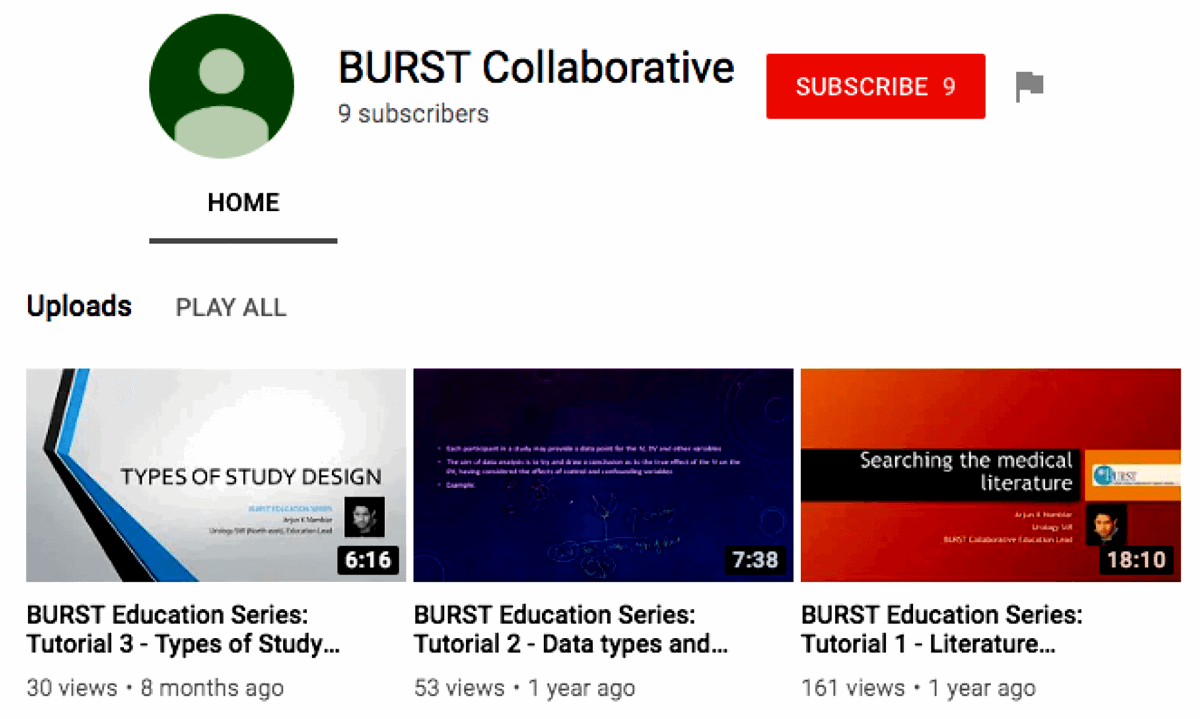
Figure 7: Educational videos produced by BURST.
Future opportunities
Committee positions
As part of the committee, members will gain skills such as designing research studies, research methodological skills, database creation and management, and team working. We tend to recruit trainees on an annual basis. Trainees of all experience are welcomed and are encouraged to send expressions of interest throughout the year. Trainees with specific skills in website creation, fundraising and electronic database management would be highly desirable.
Peer review
Collaboration with PubMed indexed journals such as the International Journal of Surgery, Annals of the Royal College of Surgeons and European Journal of Surgical Oncology has created opportunities for trainees to be involved in the peer review process. A podcast series has also been developed in conjunction with the BJUI where trainees can record podcasts summarising key papers from the journal which will be published in the BJUI.
“The BURST collaborative gives researchers the opportunity to gather large amounts of data under the supervision of experts in the network.”
Dragon’s Den
BURST invites the submission of new collaborative research ideas from trainees. In 2018, from a nationally advertised competition, three trainees were selected to present their ideas to the ‘dragons’. At the Dragon’s Den session, the three projects competed for the backing of the BURST collaborative. The three studies proposed were on evaluation of ureteric stent duration after ureteroscopy, management of obstructing ureteric colic and scrotal exploration in testicular torsions. From these presentations further discussions on the feasibility of rolling out these ideas on a national scale are being carried out.
Conclusion
The BURST Research Collaborative is a UK-based, but international collaborative, based around an ethos of team working and shared creative effort. We are indebted to the efforts of our collaborators and board who have dedicated countless hours to our research projects. BURST aims to include and engage trainees from different countries and backgrounds to create practice-changing studies that can have a significant impact in improving patient care.
References
1. Edwards TJ, Dickinson AJ, Natale S, et al. A prospective analysis of the diagnostic yield resulting from the attendance of 4020 patients at a protocol-driven haematuria clinic. BJU Int 2006;97(2):301-5; discussion 305.
2. Khadra MH, Pickard RS, Charlton M, et al. A prospective analysis of 1,930 patients with hematuria to evaluate current diagnostic practice. J Urol 2000;163(2):524-7.

